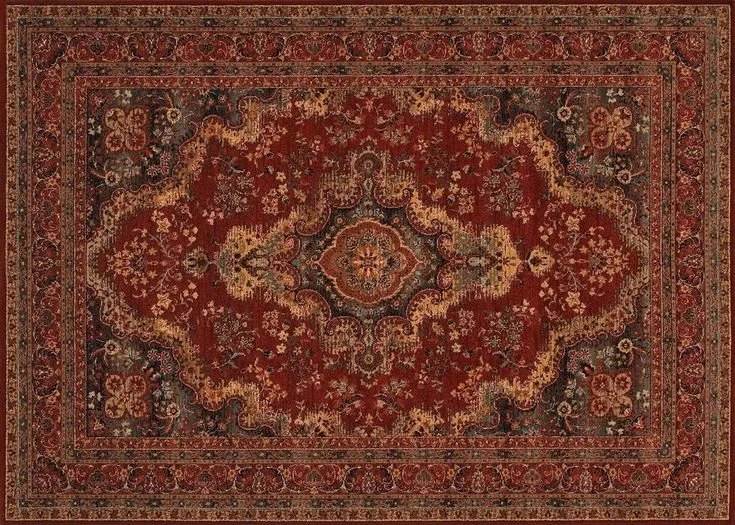On the Perfection of Rugs (by The Interfaith Youth Team)
I once heard an old story that masters of rugs always make a small mistake in their art, purposefully avoiding perfection, because the only perfect thing is God. Under this view, a perfect carpet is blasphemy, and an imperfect one is a form of reverence. Indeed, under a religious view, human craft must not imitate the divine. The flawed stitch, the slight asymmetry, the thread that strays, how beautiful! Each imperfection marks the boundary between creator and creation, reminding man that his task is not to rival heaven, but to reflect it through effort, humility, and patience.
I think often about that lesson, how it seeps beyond the loom into the rest of life. The merchant who told me this spoke with the calm authority of someone who had long surrendered to the notion that beauty was never meant to be complete. He said that the flaw is what gives the rug its soul, that perfection, if ever reached, would silence the song of the maker. I remember tracing my fingers across the uneven weave, feeling how the mistake seemed deliberate, even compassionate, a small gesture of honesty in a world obsessed with symmetry. Perhaps the same could be said of people: that our unevenness, our contradictions and fractures, are what make us alive to the divine.
In an age that worships precision, this belief feels almost rebellious. We design algorithms to eliminate error, retouch portraits to remove blemishes, and edit sentences until they lose their breath. Yet somewhere, the spirit that once whispered through flawed carpets grows faint. I wonder if faith itself depends on that thread of imperfection, that admission that there is something beyond us, something we cannot engineer. To err, then, is not to fail but to bow. And in that bowing, creation becomes an act of praise.
